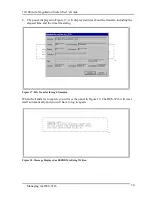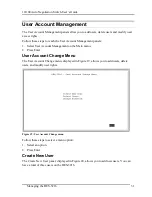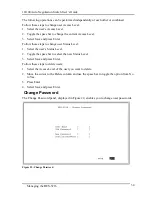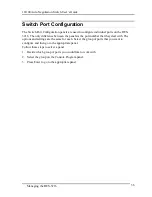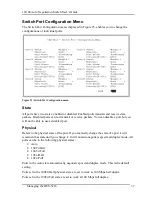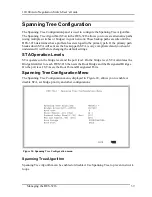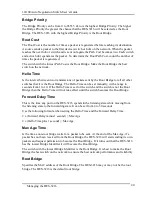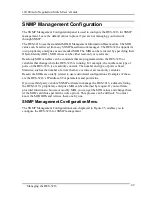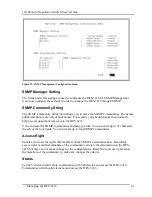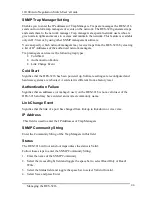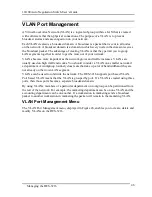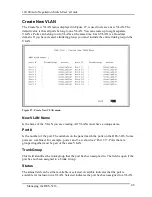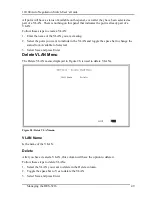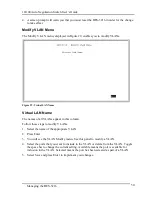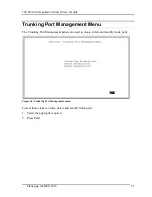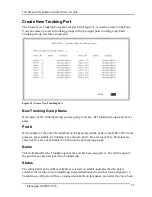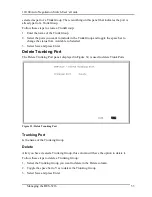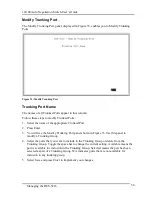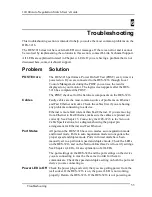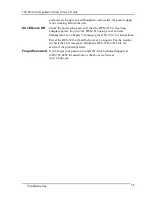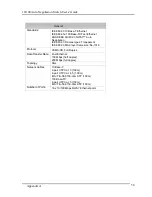
10/100 Auto Negotiation Switch User’s Guide
Managing the DES-3216
44
SNMP Trap Manager Setting
Enables you to enter the IP addresses of Trap Managers. Traps are messages the DES-3216
sends out to inform trap managers of events on the network. The DES-3216 generates traps
and sends them to the network manager. Trap managers are special network users who are
given certain rights and access to oversee and maintain the network. This feature is available
only in D-View or by using other SNMP management software.
You can specify which network managers may receive traps from the DES-3216 by creating
a list of IP Addresses of the authorized network managers.
Trap managers can receive the following trap types:
•
Cold Start
•
Authentication Failure
•
Link Change Event
Cold Start
Signifies that the DES-3216 has been powered up. Software settings are reconfigured and
hardware systems are rebooted. A cold start is different from a factory reset.
Authentication Failure
Signifies that an addressee (or manager/ user) on the DES-3216 is not a valid user of the
DES-3216 and may have entered an incorrect community name.
Link Change Event
Signifies that the link of a port has changed from link up to link down or vice versa.
IP Address
This field is used to enter the IP Addresses of Trap Managers.
SNMP Community String
Enter the Community String of the Trap Mangers in this field.
Status
The DES-3216 will not send out traps unless the status is Valid.
Follow these steps to enter the SNMP Community String:
1.
Enter the name of the SNMP Community.
2.
Select the Access Right field and toggle the space bar to select Read Only or Read/
Write.
3.
Select the Status field and toggle the space bar to select Valid or Invalid.
4.
Select Save and press Enter.

